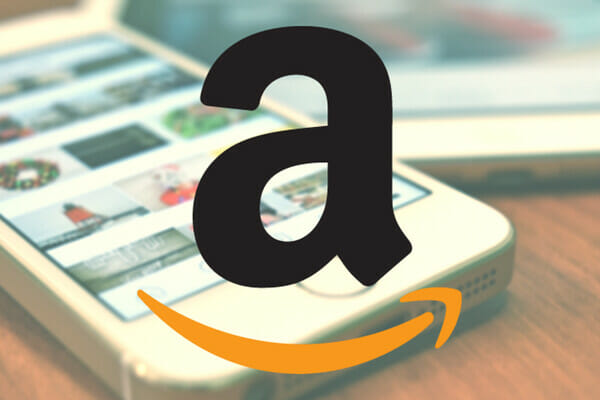All You Need to Know About Amazon PPC 17 Jan 2022
Digital marketing includes a significant amount of online advertising. Learning the fundamentals of online advertising is essential whether you work as a freelance marketer or run a firm that you wish to promote online.
Google AdWords and Amazon PPC are two of the most prominent PPC ad platforms. While Google AdWords has been around for a while, Amazon PPC is slowly gaining traction, with more marketers and organizations adopting it.
As a result, here’s all you need to know about Amazon PPC vs Google AdWords, as well as how to decide which to use.
What Is Amazon Pay-Per-Click (PPC)?
When partnering with Amazon, third-party vendors use Amazon PPC or Amazon Ads, which is a third-party platform. You can use the platform to develop ad campaigns and then get charged every time a potential customer clicks on and views your ad.
With Amazon PPC, you may run three different sorts of ads:
- Advertisements for Sponsored Products
This is the most used ad kind, which targets visitors using keywords and ASINs. When you add a product to Amazon’s catalog, it is assigned an ASIN (Amazon Standard Identification Number). Advertisements for Sponsored Products can appear in Amazon search results as well as on product pages.
- Advertisements for Sponsored Brands
This ad type is mostly used for brand marketing because it allows you to place an ad above Amazon search results that includes your brand logo, headline, and three goods. Sponsored Brand advertising can appear in a variety of areas and connect to a personalized Amazon landing page.
- Display Ads with Sponsored Content
These adverts can be put on Amazon as well as on other websites. Sponsored Display advertisements are ideal for remarketing campaigns because they allow you to target clients who have already visited your website.
Advertisers who want to buy display, video, and audio ads on and off Amazon can use the Amazon DSP. To put it another way, you can also use video ads that connect to product pages. These work in the same way as Sponsored Brand Ads do.
The following are some of the major KPIs provided by Amazon PPC:
- Impressions: The total number of times your ads were shown.
- Clicks: The number of times your advertisements have been clicked.
- Attributed Sales: The total number of product sales made per week as a result of clicks on your adverts.
- Cost of Sales from Advertising: The amount of money spent on advertising as a percentage of attributed sales.
Amazon PPC Advantages and Disadvantages:
While both Amazon PPC and Google Ads offer a number of useful features, they each have their own set of drawbacks. Here are some of the advantages of using Amazon PPC:
- The profitability of Amazon adverts is used to rank them.
- According to reports, Amazon advertisements convert at a rate of 10%, which is greater than Google ads (1-2 percent ).
However, there are certain disadvantages to using Amazon PPC:
- You will never leave Amazon because of Amazon advertisements (though this may be a pro if your business operates solely on the platform).
- Users are not retargeted by Amazon advertising depending on their behavior.
- Not all types of Amazon ads are available to all sellers.
All in all, Amazon PPC can be highly beneficial to you, depending on your goals. Just ensure you set your goals well and determine if it’s the best choice for you.
|
Recommended posts
|


